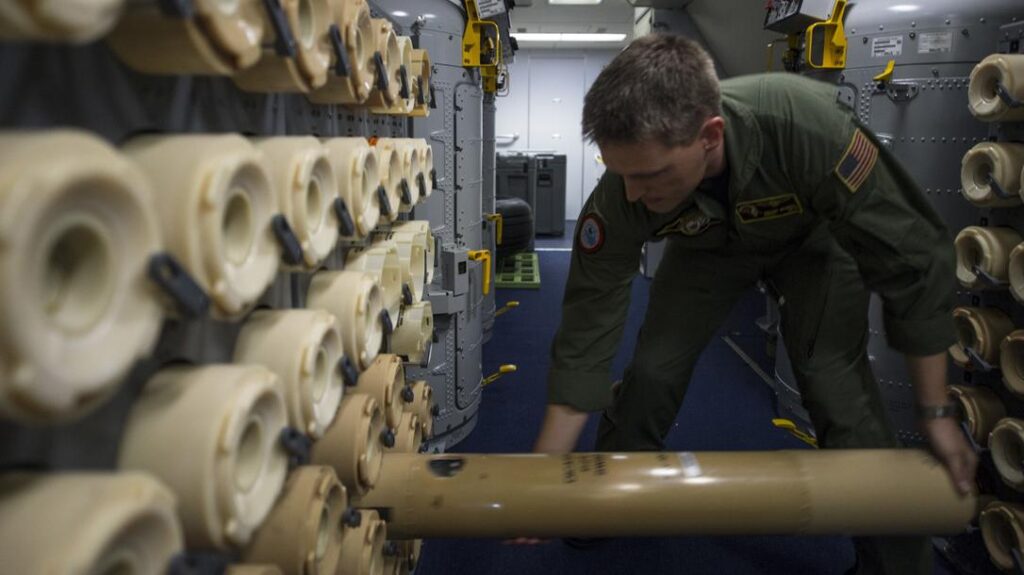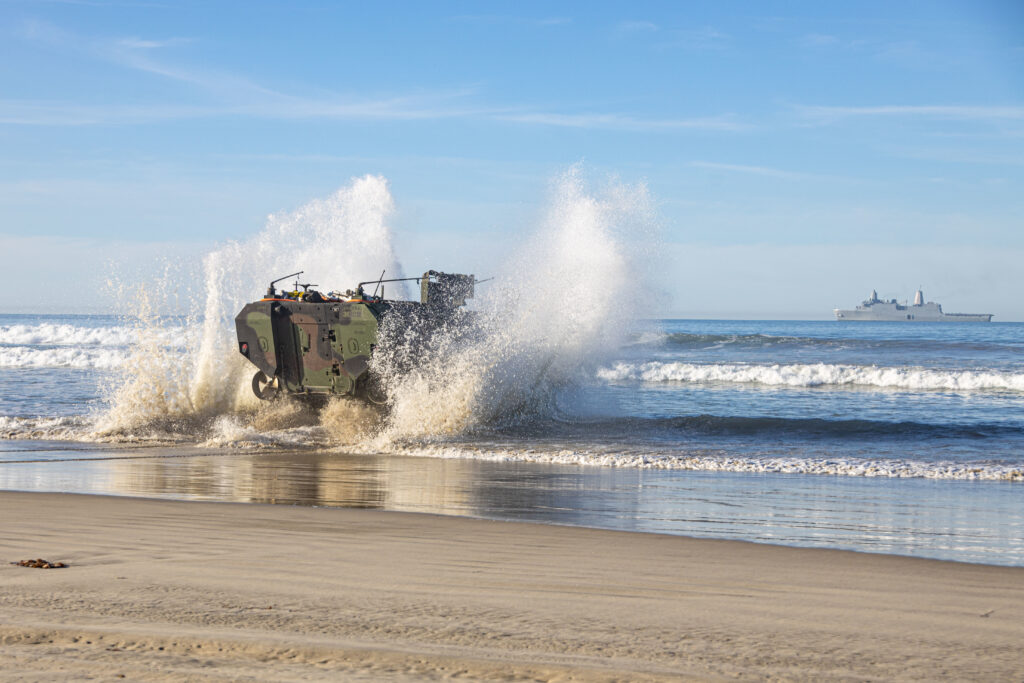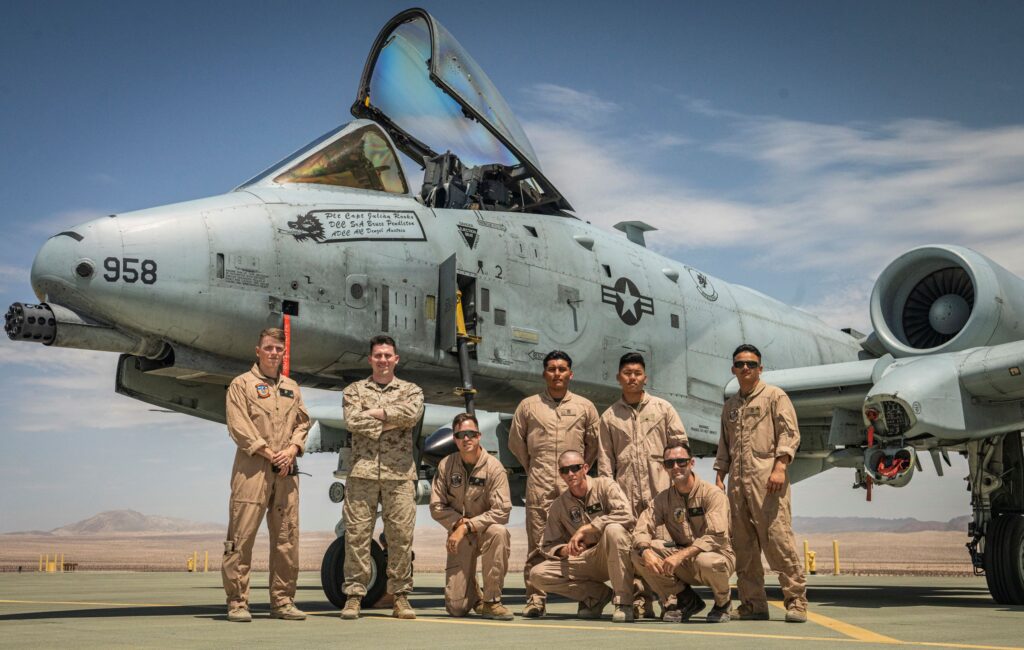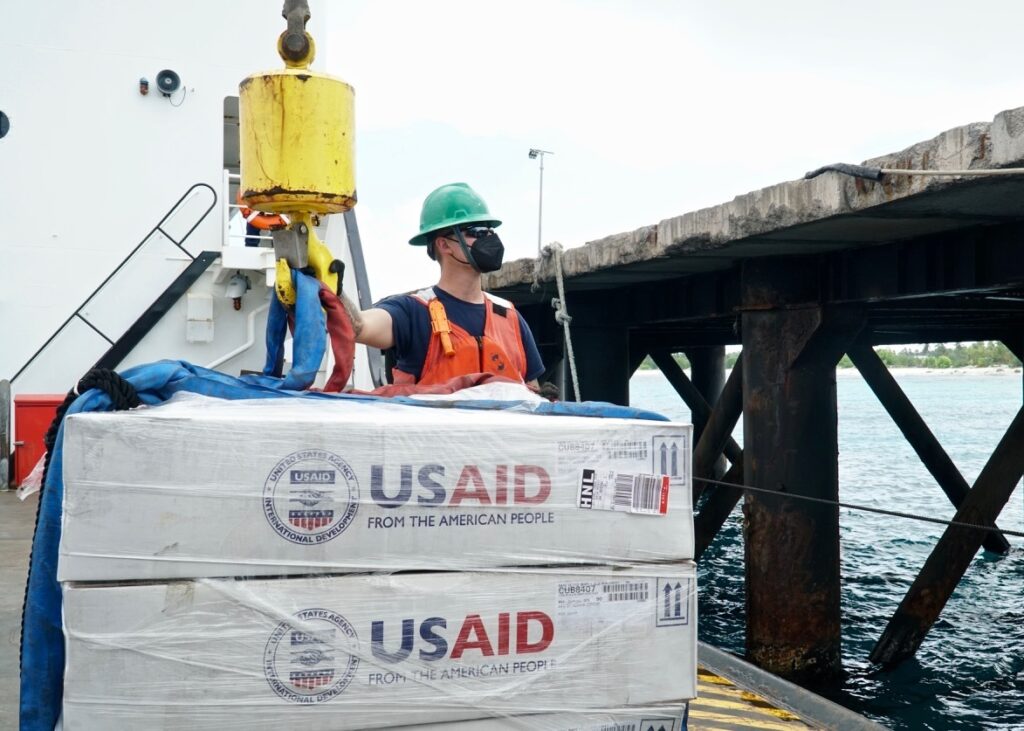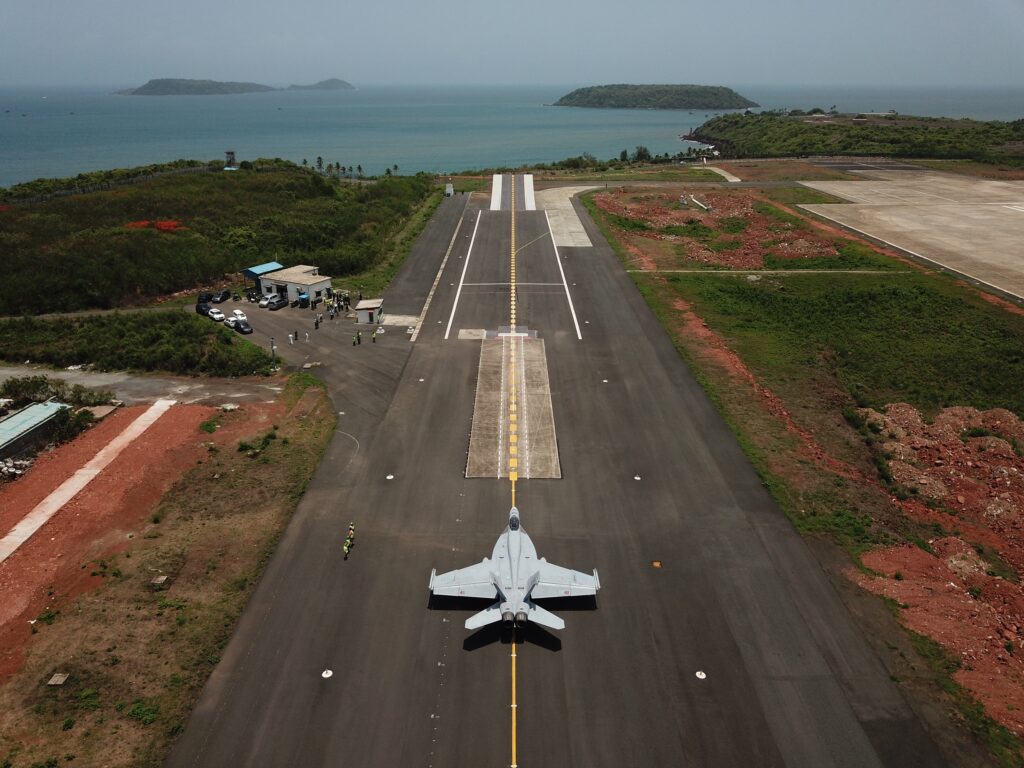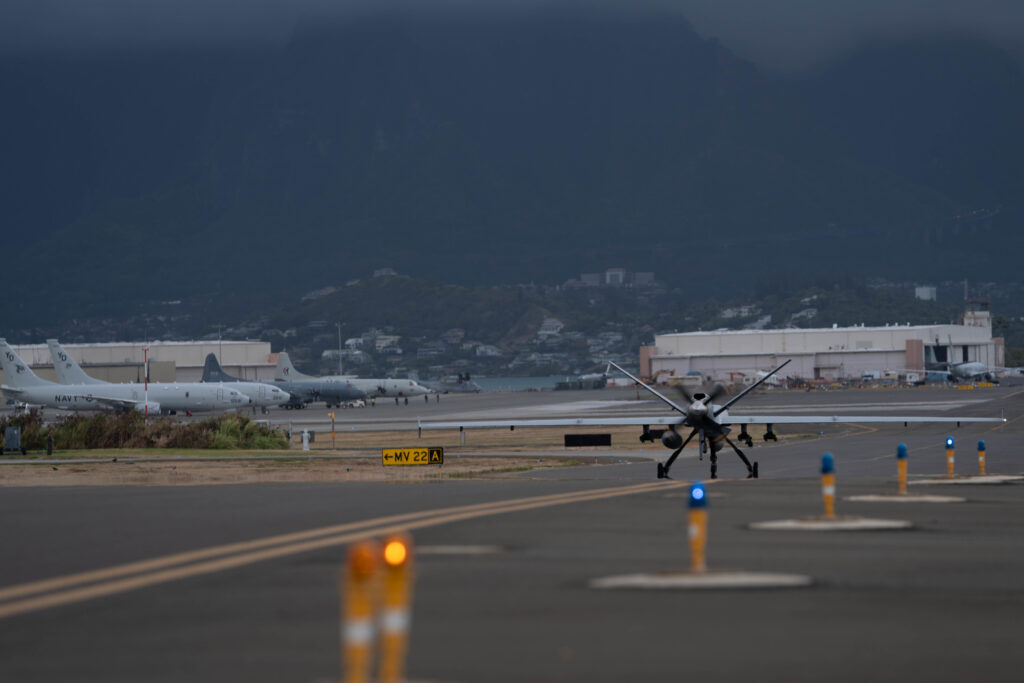Coast Guard Cutter Seneca Returns to Homeport Following 54-Day Patrol
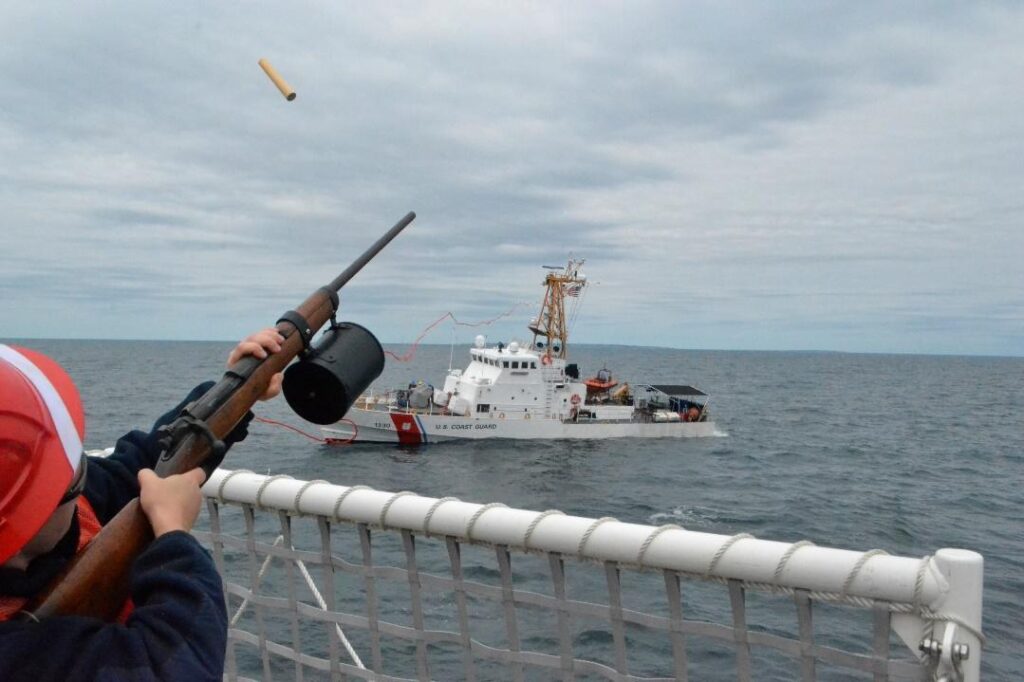
PORTSMOUTH, Va. — The USCGC Seneca (WMEC 906) returned to homeport in Portsmouth July 21 after a 54-day deployment in the North Atlantic Ocean, the Coast Guard 5th District said July 22.
The Seneca crew supported the U.S. Coast Guard 1st District as they conducted a series of commercial fishing vessel boardings from New York to Maine to ensure compliance with federal safety, fisheries, and environmental regulations. The boardings conducted by Seneca’s crew resulted in 17 notices of violation and two voyage terminations.
“This rewarding patrol showcased the devotion and hard work of an amazing crew,” said Cmdr. James F. McCormack, commanding officer of Seneca. “The crew exhibited selfless service during a high-tempo patrol. The 53 boardings promoted safety at sea and sustainability of marine life for generations to come. Our presence strengthens trust between the Coast Guard and the fishing fleet, while setting the standard for Coast Guard operations in the North Atlantic Ocean.”
Additionally, the Seneca’s crew responded to seven search and rescue cases, three of which resulted in lives saved or assisted.
During one of the search and rescue cases, the crew of Seneca worked in partnership with a Coast Guard Air Station Cape Cod MH-60T helicopter crew to medically evacuate two critically injured people from a sailing vessel 350 nautical miles offshore. The Seneca crew also rescued the two remaining stranded sailors.
During a second search and rescue case, the cutter crew rendered assistance and towed a disabled fishing vessel 70 miles.
The Seneca is a 270-foot medium-endurance cutter homeported in Portsmouth with 100 crew members. The cutter’s primary missions include search and rescue, living marine resources, illegal drug interdictions, counter narcotics, migrant interdictions, ensuring the safety of life at sea and enforcing international and domestic maritime laws in both the Atlantic and Pacific Oceans.
